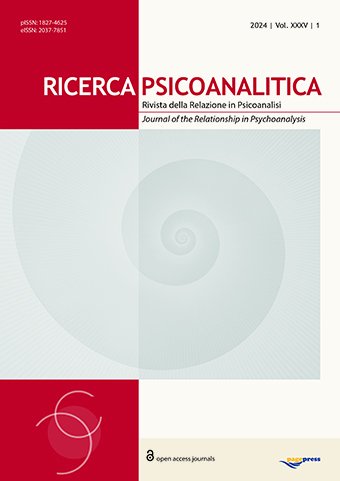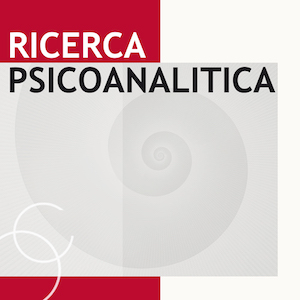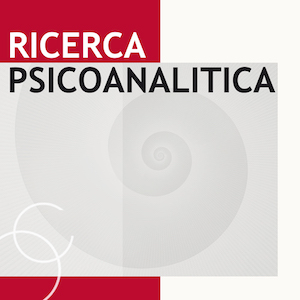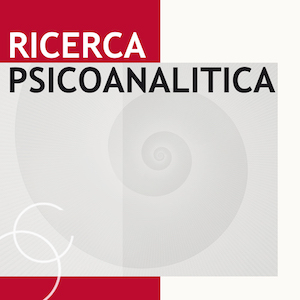Dialoghi: Il Divenire del Maschile
V. 35 N. 1 (2024)
Vero uomo o uomo vero? Quale contributo serve oggi per la prevenzione primaria della violenza di genere e per sostenere la salute mentale di bambini, adolescenti e uomini
Publisher's note
All claims expressed in this article are solely those of the authors and do not necessarily represent those of their affiliated organizations, or those of the publisher, the editors and the reviewers. Any product that may be evaluated in this article or claim that may be made by its manufacturer is not guaranteed or endorsed by the publisher.
All claims expressed in this article are solely those of the authors and do not necessarily represent those of their affiliated organizations, or those of the publisher, the editors and the reviewers. Any product that may be evaluated in this article or claim that may be made by its manufacturer is not guaranteed or endorsed by the publisher.
##plugins.generic.dates.received##: 17 luglio 2023
##plugins.generic.dates.accepted##: 25 settembre 2023
##plugins.generic.dates.accepted##: 25 settembre 2023
794
Visite
648
Downloads











